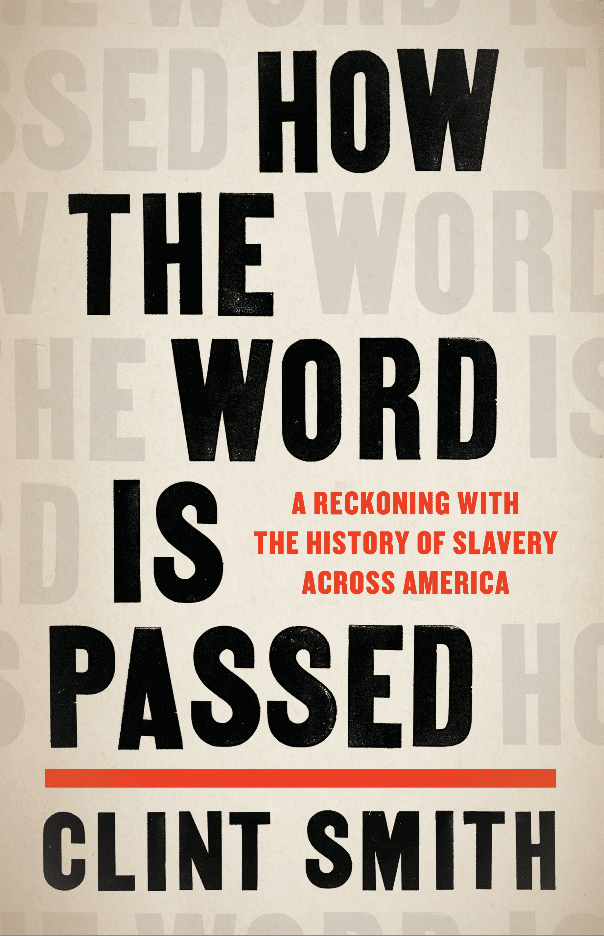As an assistant professor of teacher education at Endicott College, one of the courses I instruct each semester is Social Studies Methods. In this course, candidates for licensure in Early Childhood and Elementary Education learn constructivist pedagogical methods to support students as they develop their conceptual understanding across the four main areas of social studies: history, geography, civics, and economics and consider historical and contemporary social issues through a critical lens.
Last year, I included Clint Smith’s text, How the Word is Passed as a required text in my course. I have read — and reread — Smith’s text at least six times. Every time I read this text, something new grabs me! Smith is informative and poetic and presents content that every teacher in training must learn. I present Smith’s text as part of my Teaching History with Museums module. After learning about the various types of museums — their characteristics, benefits to student learning, and potential challenges and limitations — the class engages in a Jigsaw style reading of the text.
- Every student reads the Prologue and Introduction — it is critical to understand the why behind this text
- Students are broken up into groups and assigned to read a specific chapter, highlighting one historic site; as they read, they capture guided notes in preparation for in-class discussion; guided notes ask students to consider the narratives being told/not told at each site, reflect on whose voices are represented or not, and discuss ways in which the site may or may not promote historical empathy
- The next class session is the Jigsaw:
- FIRST — students come together in chapter-like groups to calibrate their understanding of the text they read; I meet with each group to listen in on their discussions and offer questions/prompts/challenges as needed; students make final adjustments in their note catchers in preparation for the next small group discussion
- THEN — students organize into cross-chapter groups, with each chapter represented; in these small groups, the “site expert” presents their learning to others in the group and questions/discussions follow
This assignment has become on of the most impactful and enjoyable experiences for my students throughout the semester. They often mention these readings and small group discussions in the end-of-semester surveys I administer. I continue to explore ways in which I can enhance the use of Smith’s text in my coursework and appreciate the opportunity to acquire additional texts for my classroom.







Twitter
Google plus
LinkedIn